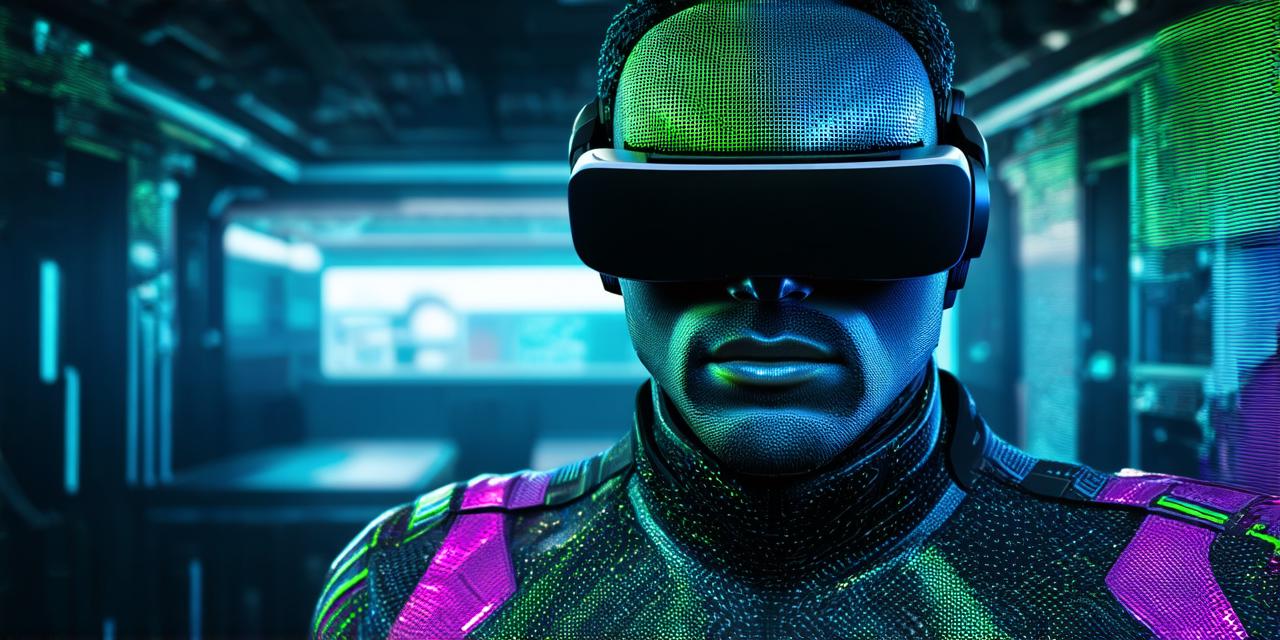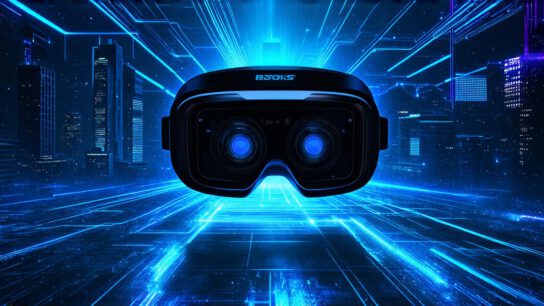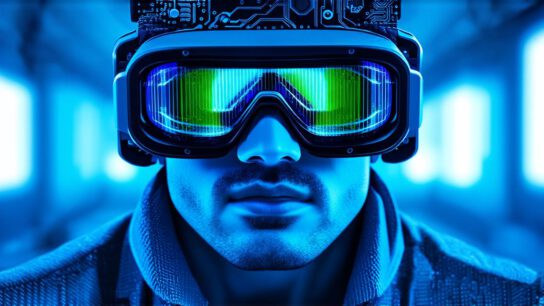Virtual reality (VR) is becoming increasingly popular among gamers and developers alike. With its ability to transport users into immersive, interactive worlds, VR games offer a unique and exciting gaming experience that traditional console games cannot match.
Key Components of Virtual Reality Games
Hardware
Virtual reality hardware consists of several essential components that work together to create an immersive gaming experience. These include:
- Head-mounted display (HMD): The HMD is the most important component of a VR system, as it provides the visual output for the user. It typically consists of a headset with screens and sensors that track the user’s movement and orientation.
- Motion controllers: Motion controllers are handheld devices that allow users to interact with virtual objects in the game world. They typically consist of sensors that track the user’s hand and finger movements, allowing them to perform actions such as pointing, grabbing, and wielding virtual weapons.
- Computer: The computer is responsible for rendering the 3D graphics and processing the user’s input in real-time. It must have sufficient processing power and memory to handle the demands of a VR game.
- Tracking system: The tracking system consists of sensors that monitor the user’s movement and orientation, allowing the game to adjust the visual output in real-time based on the user’s position and direction.
Software
Virtual reality games require specialized software that takes advantage of the unique features and limitations of VR hardware. This software includes:
- Game engine: A game engine is a software framework that provides the tools and functionality necessary to develop VR games. Popular game engines include Unity and Unreal Engine.
- Input management: Input management software allows developers to control the user’s interactions with virtual objects in the game world. This includes managing motion controller input, as well as tracking the user’s movement and orientation.
- Rendering: Rendering software is responsible for generating the 3D graphics that are displayed on the HMD. This includes optimizing the graphics for VR hardware, as well as handling real-time lighting and shadows.
Challenges of Developing Virtual Reality Games
Virtual reality games present several challenges to developers due to the unique features and limitations of the technology. These challenges include:
- Motion sickness: Motion sickness is a common issue for VR users, particularly when playing games that involve fast-paced movement or sudden changes in direction. Developers must carefully design their games to minimize motion sickness by reducing motion blur and ensuring smooth transitions between scenes.
- Limited field of view: The field of view (FOV) of a VR headset is limited, which can make it difficult for developers to create immersive environments that fully engage the user. Developers must carefully design their games to maximize the FOV and ensure that important elements are placed within the user’s visual field.
- Input latency: Input latency refers to the time delay between the user’s actions and the game’s response. This can make it difficult for developers to create games that feel responsive and intuitive, particularly when dealing with fast-paced action sequences. Developers must carefully optimize their games to minimize input latency and ensure a smooth and responsive gaming experience.
- Hardware limitations: Virtual reality hardware is still in its early stages of development, and as a result, it can be limited by technical constraints such as low resolution displays, limited processing power, and memory constraints. Developers must carefully design their games to take advantage of the available hardware while minimizing the impact of these limitations on game performance.
Best Practices for Creating Engaging Virtual Reality Games
To create engaging and successful virtual reality games, developers should follow these best practices:
- Keep it simple: Virtual reality can be overwhelming for new users, particularly if the game world is too complex or difficult to navigate. Developers should strive to keep their games simple and intuitive, with clear objectives and easy-to-understand controls.
- Immersive



